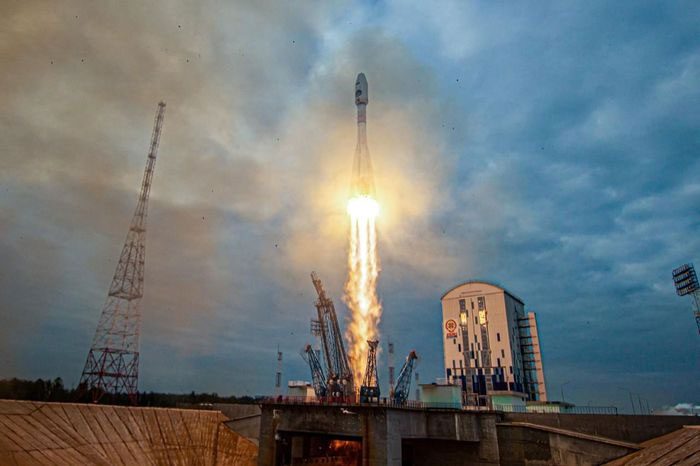On August 16, the Roscosmos space agency announced that Russia’s Luna-25 lander has successfully reached lunar orbit.
A spokesperson from Roscosmos stated: “For the first time in contemporary Russian history, an automatic spacecraft has been placed into lunar orbit at 12:03 PM Moscow time (09:03 GMT).”

Launch of Russia’s Luna-25 lander on August 11. (Source: Roscosmos).
The spokesperson added: “All systems of Luna-25 are functioning normally, and communication with the spacecraft is stable.” The cameras installed on the lander captured images of Earth and the Moon from a distance.
The probe is expected to travel in a 100 km orbit above the lunar surface before landing as planned on August 21 in the northern region of the Boguslawsky crater in the Moon’s South Pole.
Previously, on August 11, Luna-25 was launched from Vostochny, a launch site located 5,500 km from Moscow, using a Soyuz 2.1b rocket. During its journey, Luna-25 is set to conduct research missions in the Moon’s South Pole regarding water sources, cosmic rays, and electromagnetic emissions on the surface of this Earth satellite.
This mission marks Russia’s first venture into lunar exploration in nearly 50 years (since 1976), as the country aims to restart and rebuild the pioneering space program of the Soviet Union. In mid-July, India also successfully launched the Chandrayaan-3 lander, which also successfully entered lunar orbit.




















































